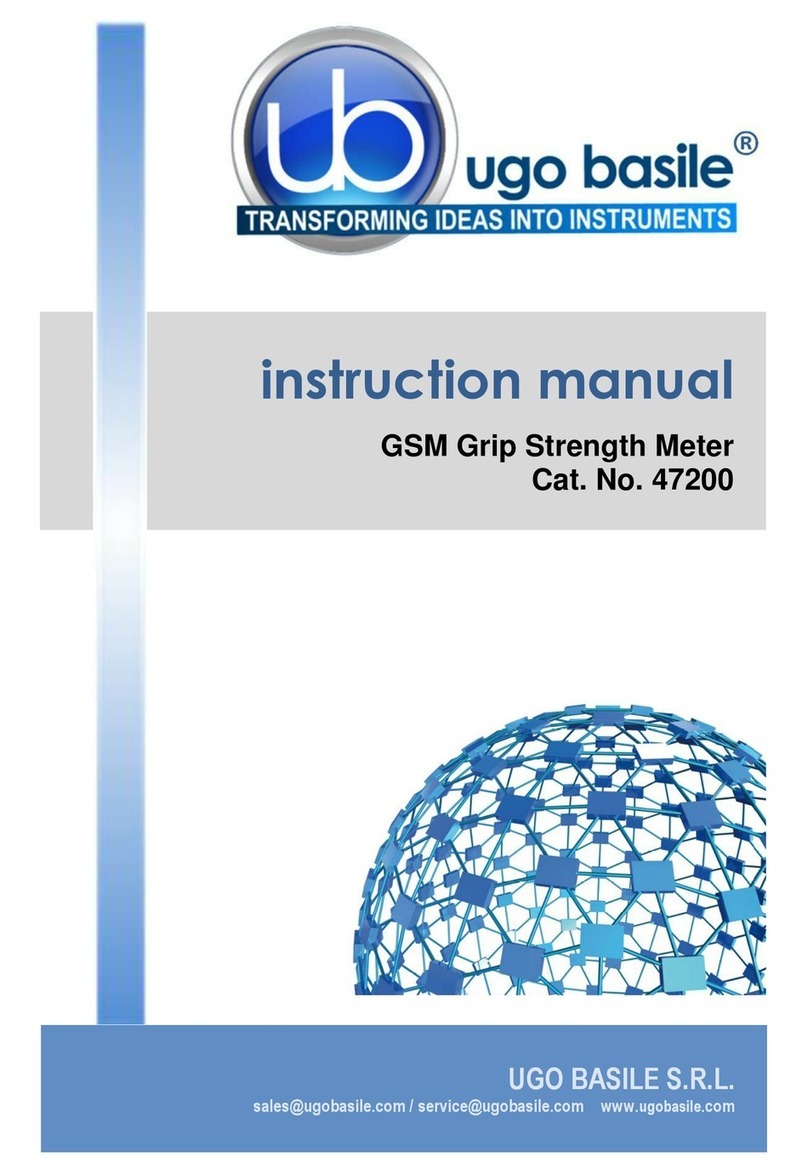
Table of Contents
1. Product features and general information 5
2. What’s in the box 6
3. General 9
3.1. Principle of operation ............................................................................ 9
4. Intrument description 10
4.1. The Electronic Unit 37240-001............................................................ 10
4.2. The water cell........................................................................................ 10
5. Installation 11
5.1. Unpacking & preliminary check ......................................................... 11
5.2. Notes on the User Guide..................................................................... 11
5.3. Before Applying Power........................................................................ 11
5.4. Intended Use ........................................................................................ 12
5.5. Additional Safety Consideration......................................................... 12
5.6. Connections .......................................................................................... 12
6. Operation 14
6.1. Setting-Up the Plethysmometer......................................................... 14
6.1.1. Preparing the dipping solution .................................................................... 14
6.1.2. Main Menu........................................................................................................ 15
6.1.3. Utilities Menu ................................................................................................... 16
6.1.4. Device setup menu ......................................................................................... 18
6.2. Calibration............................................................................................. 20
6.2.1. How to calibrate............................................................................................... 20
6.3. Measurement ....................................................................................... 21
6.3.1. Manual measurement .................................................................................... 22
6.3.2. Automatic measurement............................................................................... 22
6.4. Restoring Liquid Level ......................................................................... 23
6.5. Results ................................................................................................... 24
6.5.1. Results and Experiment menus ................................................................... 24
6.5.2. USB results export........................................................................................... 25
6.5.3. Ethernet (LAN) data load and retrieve ........................................................ 25
6.6. TTL Connections ................................................................................... 28
7. Maintenance 29
7.1. Electrical ................................................................................................ 29
7.2. Cell.......................................................................................................... 29
7.3. Transducer ............................................................................................ 29
7.4. Long Inactivity ...................................................................................... 30
7.5. Customer Support................................................................................ 30
8. Specification 31
9. Bibliografy 32
10. Related products 33




























